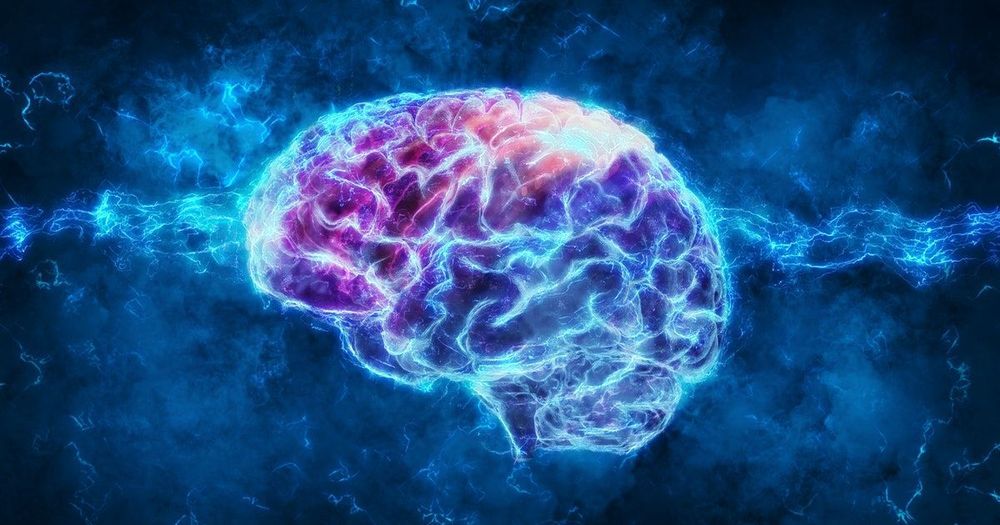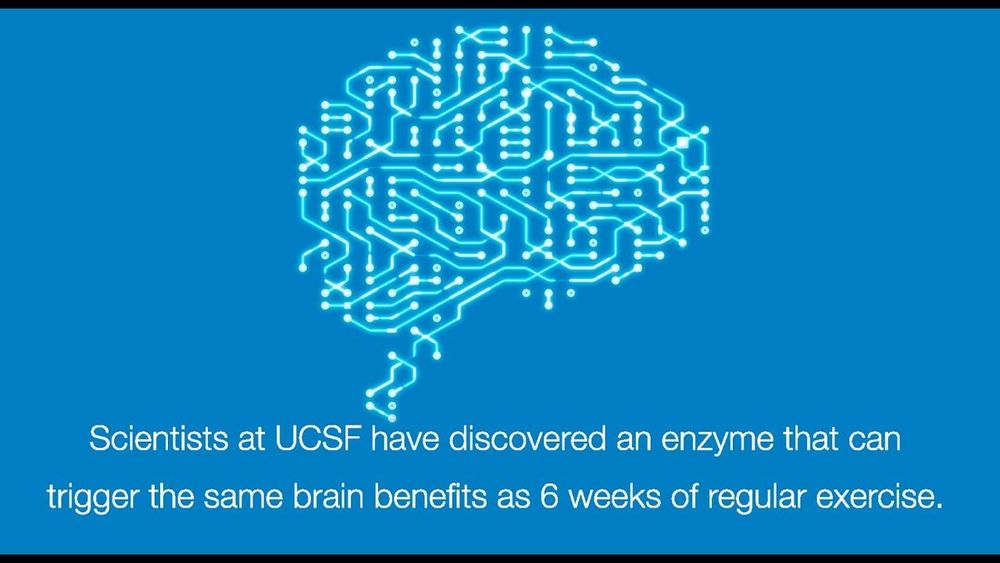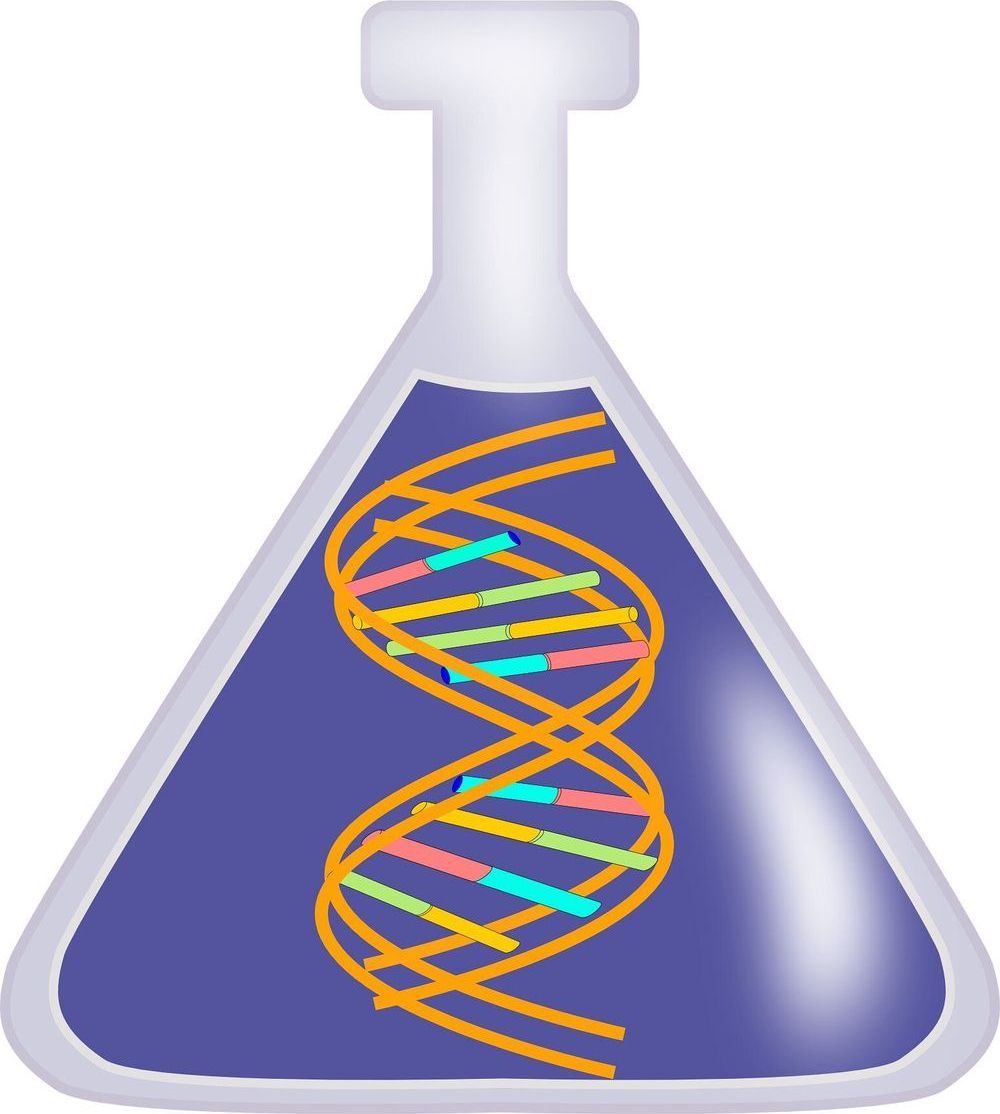The brain-computer linkup firm, Neuralink, is set to reveal more about its progress toward its goals.



A little-studied liver protein may be responsible for the well-known benefits of exercise on the aging brain, according to a new study in mice by scientists in the UC San Francisco Eli and Edythe Broad Center for Regeneration Medicine and Stem Cell Research. The findings could lead to new therapies to confer the neuroprotective effects of physical activity on people who are unable to exercise due to physical limitations.
Exercise is one of the best-studied and most powerful ways of protecting the brain from age-related cognitive decline and has been shown to improve cognition in individuals at risk of neurodegenerative disease such as Alzheimer’s disease and frontotemporal dementia —even those with rare gene variants that inevitably lead to dementia.
But many older adults are not able to exercise regularly due to physical limitations or disabilities, and researchers have long searched for therapies that could confer some of the same neurological benefits in people with low physical activity levels.


When trying to complete a task we are constantly bombarded by distracting stimuli. How does the brain filter out these distractions and enable us to focus on the task at hand? Psychologists at the University of California, Riverside, have made a discovery that could lead to an answer.
Experimenting on mice, they located the precise spot in the brain where distracting stimuli are blocked. The blocking disables the brain from processing these stimuli, which allows concentration on a particular task to proceed.
Edward Zagha, an assistant professor of psychology, and his team trained mice in a sensory detection task with target and distractor stimuli. The mice learned to respond to rapid stimuli in the target field and ignore identical stimuli in the opposite distractor field. The team used a novel imaging technique, which allows for high spatiotemporal resolution with a cortex-wide field of view, to find where in the brain the distractor stimuli are blocked, resulting in no further signal transmission within the cortex and, therefore, no triggering of a motor response.


Look deep inside our cells, and you’ll find that each has an identical genome –a complete set of genes that provides the instructions for our cells’ form and function.
But if each blueprint is identical, why does an eye cell look and act differently than a skin cell or brain cell? How does a stem cell—the raw material with which our organ and tissue cells are made—know what to become?
In a study published July 8, University of Colorado Boulder researchers come one step closer to answering that fundamental question, concluding that the molecular messenger RNA (ribonucleic acid) plays an indispensable role in cell differentiation, serving as a bridge between our genes and the so-called “epigenetic” machinery that turns them on and off.


Having hypertension in midlife (ages 40 through 60) is associated with elevated risk of cognitive impairment and Alzheimer’s dementia later in life, even more so than having the so-called Alzheimer’s gene.
“It is clear that cerebral vascular disease”—that is, hardening of the arteries inside our brain—“and cognitive decline travel hand in hand,” something I’ve addressed before. “However, the independent association of AD [Alzheimer’s disease] with multiple AVD [atherosclerotic vascular disease] risk factors suggests that cholesterol is not the sole culprit in dementia.”
As I discuss in my video Higher Blood Pressure May Lead to Brain Shrinkage, one of the most consistent findings is that elevated levels of blood pressure in midlife, ages 40 through 60, is associated with elevated risk of cognitive impairment and Alzheimer’s dementia later in life—in fact, even more so than having the so-called Alzheimer’s gene.

Study after study has shown that statins can prevent heart attacks, strokes and death in middle-aged adults. But in 28 major clinical trials of statins, only 2 percent of participants have been 75 years or older. This means that even though older adults are at greater risk of heart disease and death, there is scant data on whether statins should be prescribed for them.
A new study led by investigators from Brigham and Women’s Hospital and VA Boston Healthcare System leverages national data from the U.S. Veterans Health Administration Services and Centers for Medicare & Medicaid Services to shed new light on the role statins may play for older adults who have not yet experienced a heart attack, stroke or other cardiovascular event. In their retrospective analysis, the researchers found that the risk of dying from any cause was lower by 25 percent among veterans who were using statins compared to those who were not treated with statins. The risk of dying from a cardiovascular event, such as a heart attack or stroke, was lower by 20 percent. The team’s results are published in JAMA.
“Based on these data, age is not a reason to not prescribe statins,” said lead and corresponding author Ariela Orkaby, MD, MPH, a physician scientist at VA Boston Health Care System and in the Division of Aging at the Brigham. “Statins are commonly studied and prescribed for middle-aged adults but understudied in people over age 75. One of the most remarkable things about our results is that we found the benefit of statins held true regardless of whether a person was older or younger or had a condition such as dementia.”

Summary: Targeted deep brain stimulation may help treat obsessive-compulsive disorder.
Source: Charite
A group of researchers from Charité – Universitätsmedizin Berlin have further refined the use of deep brain stimulation in the treatment of obsessive-compulsive disorder. By accurately localizing electrode placement in the brains of patients, the researchers were able to identify a fiber tract which is associated with the best clinical outcomes following deep brain stimulation. The researchers’ findings, which have been published in Nature Communications, may be used to improve the treatment of obsessive-compulsive disorder.